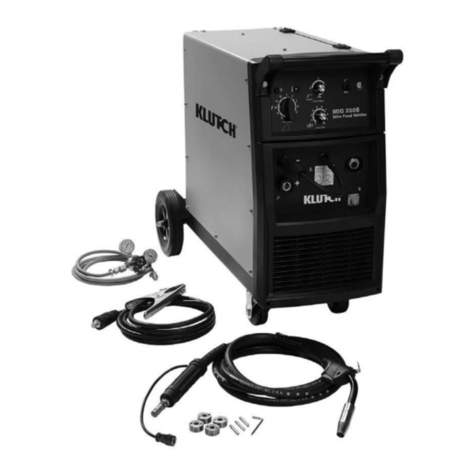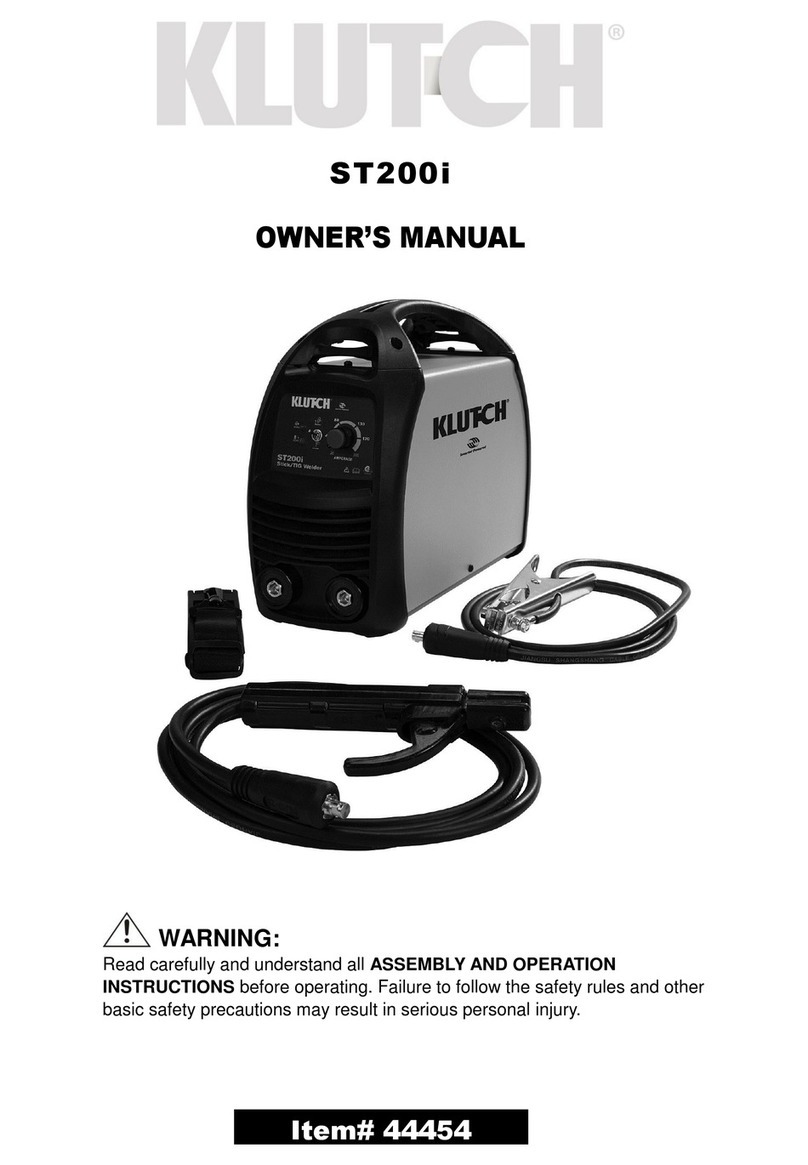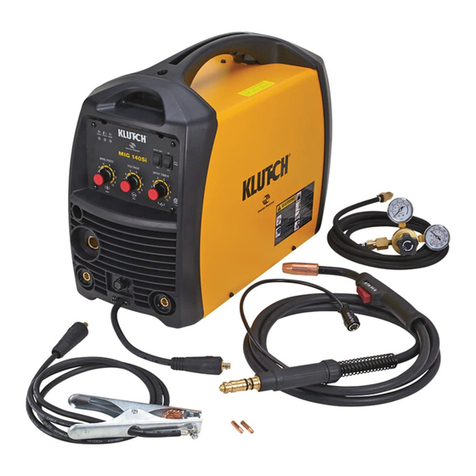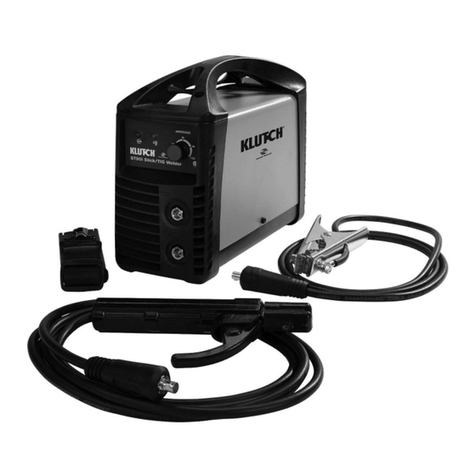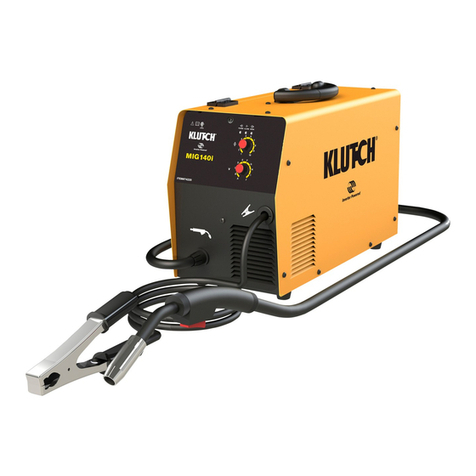
Page 4 of 27
Intended Use
The 4500K Welder/Generator is a 4000 Watt (4500 Watt Peak) generator and DC only stick
welder with an exceptionally smooth stick welding performance. It is intended for use for welding
steel, stainless steel, cast iron, and hard surfacing using electrodes from 1/16 inch to 5/32 inch.
Stick welding gives the operator the flexibility to use this welder for mobile applications, including
outdoor applications. Stick electrodes contain a flux, making welding easy. It does not require the
use of a separate shielding gas which can be blown away by the wind in outdoor applications.
Since this welder does not use shielding gas, the operator will not be required to have or maintain
shielding gas bottles, a regulator, or a gas hose. TIG welding does require the use of Argon
shielding gas. The shielding gas replaces the flux that is used in stick welding, providing a more
controlled and cosmetic weld. However, TIG welding is limited to areas inside or where wind can
be controlled, preventing the shielding gas from blowing away.
Since the 4500K Welder/Generator is an engine powered welder, it does NOT require a source of
input power. The generator provides the required input electrical power needed to operate the
welder. This generator also provides auxiliary power that may be needed to perform other tasks
such as lighting, grinding, or power tool operation. A total of 4000 watts of auxiliary power is
available while not welding.
Packaging Contents
18 ft. Electrode Holder
and Cable
12 ft. Ground Cable with
Clamp
Running Gear Set-Up
with Gears and Handle
Technical Specifications







